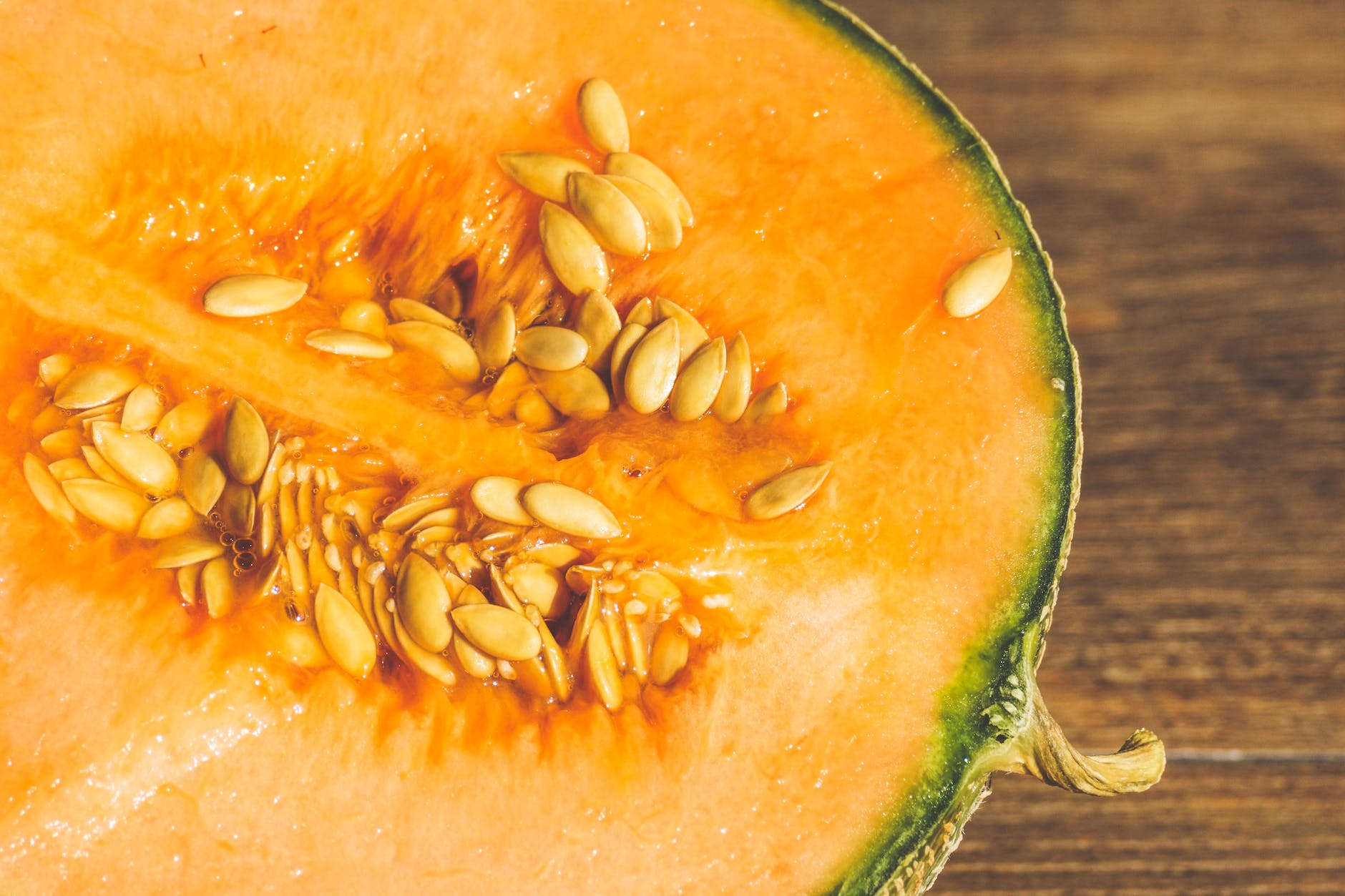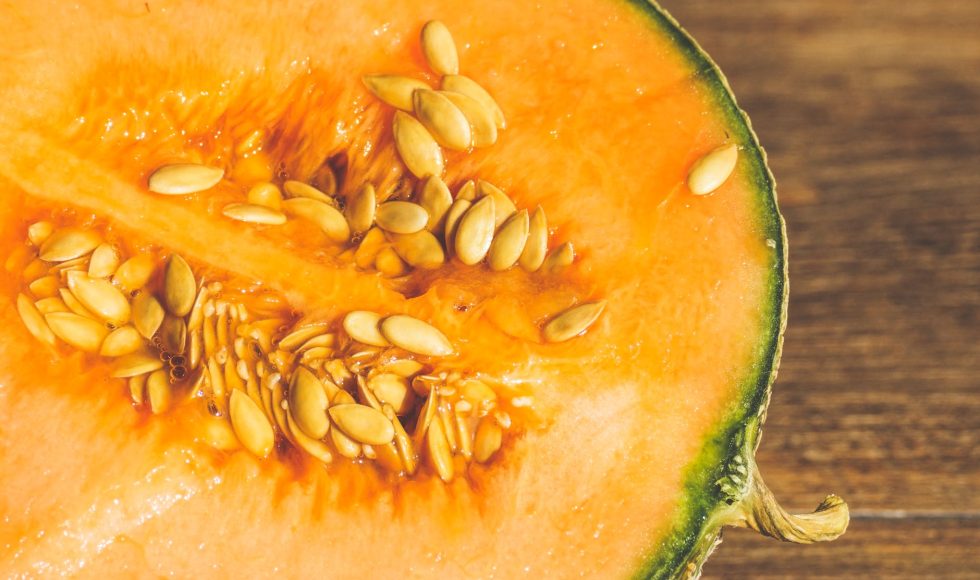Alexander Wittenberg from KeyGene in the Netherlands presented at the Nanopore Community Meeting 2021 on “Accuracy improvements in crop genome assembly using the Q20+ chemistry.” They presented on improvements in sequencing and crop assembly using Q20+ chemistry. KeyGene is using genome assembly and the early access ONT program to identify pan-genome and variants. KeyGene has an assembler they developed: STL-assembler. The assembler is trained on several assemblies, it seems. They have assembled complete chromosomes of reference genomes. Wittenberg spoke about the advantages of long-read sequencing with ONT. They defined consensus accuracy with the original definition from 2014 of finished human genomes set at QV 40. Now, QV >45 is sufficient for downstream applications of latest de novo genome assemblies. They sequenced Lactuca sativa with R10.4 obtaining 192 Gb with the PromethION. They compared the assemblies using Nanopore and ONT. The KeyGene team did encounter issues assemblies the data with Flye: they ran out of memory! Their STL assembler performed very well on all chromosomes. They also sequenced Cucumis melo, melon, and generated two datasets on the R10.3 and R10.4. They analyzed the data and detected duplex reads. Duplex only melon assembly produced data that was high-quality. The R10.4 output was significantly improved over R10.3 using PromethION cells. The duplex reads, the team concluded, produced QV25-30 will improve “contiguity as well as consensus accuracy.” This session was informative because I have not seen side-by-side comparisons such as this one. I also had not considered genome assembly with duplex only reads.



